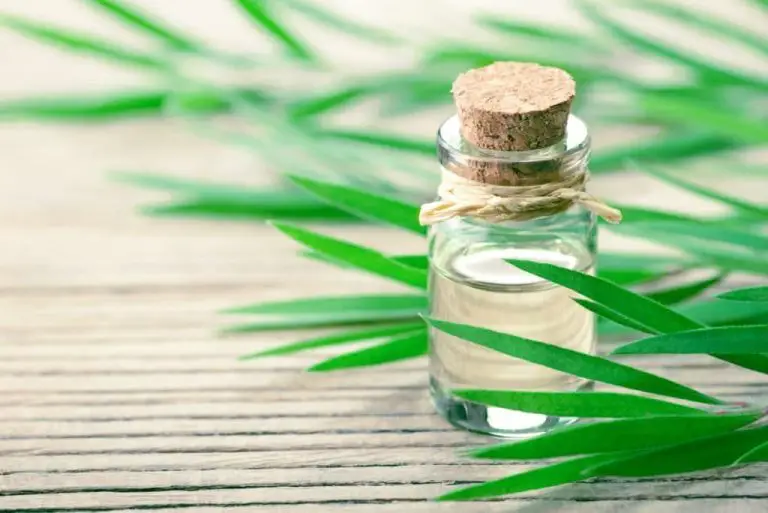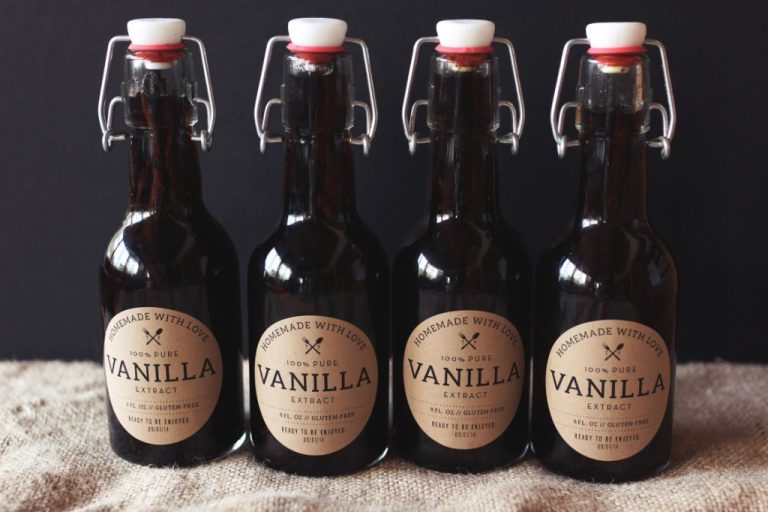What Scent Is Birchwood?
Introducing Birchwood
Birchwood refers to wood that comes from birch trees. Birches are medium-sized deciduous trees that are members of the Betulaceae family. There are around 60 species of birch trees, which are native to temperate regions in the Northern Hemisphere. The most common birch species used for wood products include paper birch, yellow birch, and European white birch.
Birch trees are characterized by their thin, papery bark that peels off in strips. They often have an attractive white, cream, pink, or reddish-brown bark. Birch trees also have slender trunks, oval to triangular leaves, and small flowers called catkins that bloom in the spring.
The wood of birch trees is pale in color and has a fine, uniform texture. Birchwood is known for being lightweight, yet strong and stable. It’s easy to work with and takes stain and paint well. For these reasons, birchwood is commonly used for furniture, cabinets, flooring, turned items, and various decorative wood products.
The Scent of Birchwood
The scent of birchwood is commonly described as sweet, earthy and reminiscent of wintergreen. This distinctive aroma comes from the natural oils found within the birch tree’s bark, sap and wood. The main aromatic compounds that give birchwood its characteristic scent are methyl salicylate (also known as oil of wintergreen), betulenol and creosol.
Methyl salicylate makes up the sweet, wintergreen notes in birchwood’s scent profile. It has a smooth, refreshing aroma similar to mint. Betulenol contributes earthy, balsamic undertones with a faint floral bouquet. Creosol lends smoky, phenolic nuances often compared to vanilla and clove. Together, these compounds create the woodsy yet sweet and spicy fragrance uniquely associated with birch trees and their lumber.
Scent Variations
The scent of birchwood can vary quite a bit depending on the specific species of birch tree and the age of the wood. Here are some of the main factors that affect birchwood aroma:
Differences Between Birch Species
There are several common species of birch trees, including paper birch, yellow birch, and European white birch. Paper birch tends to have a stronger, more pronounced birch scent than other varieties. Yellow birch has a milder, lighter birch aroma. European white birch falls somewhere in between.
The chemical composition of the bark and wood varies between birch species, which accounts for differences in scent.
Fresh vs. Aged Wood
Freshly cut or sanded birchwood has the strongest, most vibrant birch fragrance. As birchwood ages and dries, the scent becomes milder. The aroma compounds tend to dissipate over time.
When wood is freshly exposed, more scent is released into the air. As it sits, less and less scent is emitted. However, even aged birchwood retains its characteristic birch smell indefinitely.
Origin of the Birchwood Scent
The characteristic scent of birchwood comes primarily from the bark and sap of the tree. The bark contains aromatic compounds like betulenol and linalool which give it a sweet, balsamic fragrance. When the bark is damaged or cut, these compounds are released into the air. The sap of birch trees also contains similar aromatic molecules that contribute to the scent.
The specific composition and concentration of these aromatic compounds can vary between birch tree species and subspecies. For example, paper birch (Betula papyrifera) is known for having a stronger scent than yellow birch (Betula alleghaniensis). The age of the tree also affects scent – younger trees tend to have more pungent sap compared to older trees.
In addition to inherent differences between birch trees, factors like weather and soil conditions can also influence the production of aromatic compounds in the bark and sap. This means that even within the same species, birchwood from different regions can exhibit variations in scent.
Regardless of these variations, the bark and sap are the key sources of the distinctive birchwood fragrance that has made it such a popular material for products and aromatherapy.
Factors Affecting Scent
The scent of birchwood can vary substantially depending on several key factors. Here are some of the main elements that impact the smell:
Age
Newly cut birchwood has a stronger, more pungent scent. As the wood ages and dries out, the scent becomes milder and more woody. When fresh, birchwood gives off aromatic compounds like methyl salicylate, which produces its characteristic sweet, wintergreen-like smell. Over time, these volatile organic compounds dissipate, leaving behind a more subtle, earthy base note.
Drying Process
How birchwood is dried after harvesting also affects its smell. Kiln-dried birchwood loses its fresh birch odor more quickly. Air-dried birch maintains more of its original scent for longer. Slow, low-temperature drying retains more of the wood’s natural oils and aromatic compounds compared to faster, high-heat methods.
Weathering
Exposure to the elements causes birchwood’s scent to fade faster. UV rays, moisture, and wind wear down the volatile compounds that give birch its signature smell. Sealed, finished birchwood products or pieces kept indoors maintain their aromas better than unfinished wood left outside. However, some enjoy the mellow, aged scent of weathered birchwood.
Indoor vs Outdoor Scent
The natural scent of birchwood is often described as sweet, earthy, and reminiscent of wintergreen. However, when birchwood is used indoors, the aroma can change significantly. This is due to a few key factors:
When birchwood is used outdoors, it is exposed to fresh air circulation. This allows the natural oils in the wood to fully express the complex, woodsy scent. Indoors, there is less air circulation so the aroma is not as diffused. This can make the smell more concentrated.
Additionally, when birchwood is brought indoors and exposed to heat sources like radiators or fireplaces, it causes the wood’s aromatic compounds to warm up and circulate into the air more rapidly. This essentially “activates” the scent.
The closed indoor environment also traps and concentrates any smells present. Without open air space for the birchwood scent to dissipate, it can become quite potent. This effect is amplified if the indoor area is smaller.
Finally, the birchwood can absorb other ambient smells once inside, which alters the purity of the scent. Common indoor smells from cooking, pets, smoke, and cleaners can all mingle with and dilute the natural birchwood aroma.
So in summary, birchwood used indoors often expresses a stronger, warmer, more concentrated scent than when used in an open outdoor setting. The complex natural oils evaporate faster leading to an amplified woodland aroma.
Scent Strength
The scent strength of birchwood can vary quite a bit depending on the type of birch, age of the wood, and other factors. Here’s an overview of birchwood’s typical scent intensity, persistence, and diffusion:
Intensity – Birchwood has a moderately strong scent when fresh cut or sanded. The intensity stems from the high concentration of methyl salicylate in birch bark. When smelled up close, the scent can be quite powerful with crisp, sweet, wintergreen-like top notes. From further away, the intensity diminishes to a more subtle aroma.
Persistency – The scent of fresh birchwood persists for 1-3 years after processing. As the wood dries out over time, the aroma dissipates and becomes fainter. However, even decades-old birchwood retains a hint of its signature scent.
Diffusion – Birchwood’s wintergreen-like fragrance diffuses moderately into the surrounding environment. When used indoors for furniture or flooring, the scent will gradually fill the room. The lighter molecules dissipate quicker while the base notes linger longer. Outdoors, the birchwood aroma diffuses best on calm, dry days.
Understanding birchwood’s scent strength helps determine ideal applications for maximizing its aromatic qualities indoors and out.
Psychology of Birchwood Scent
The scent of birchwood has a complex psychological impact, due to the many associations people have with it. The fresh, sweet, earthy aroma is commonly associated with the outdoors, nature, and forests. This makes birchwood scent invigorating and refreshing for many people.
In terms of mood and emotion, birchwood scent is often described as uplifting, relaxing, and comforting. The outdoorsy associations make it feel open and airy. There is a nostalgic quality as well, reminding people of campfires, hikes, or cabins in the woods. The scent creates a peaceful, calm sensation for many.
Birchwood can also feel luxurious and welcoming because of its use in saunas, spas, and high-end furniture. The complexity of the scent makes it feel sophisticated. Yet it maintains a certain simplicity and purity that comes from natural wood.
Overall, birchwood scent balances energizing freshness with relaxing warmth. It evokes the serenity of nature, the comforts of home, and the refinement of luxury. This creates uplifted yet grounded psychological effects that make birchwood aroma universally appealing.
Commercial Uses
The pleasant, woodsy aroma of birch has made it a popular fragrance for many commercial products. Birchwood oil is commonly used to add its distinctive scent to soaps, candles, room sprays, and other home fragrances.
Many personal care and beauty products also leverage birchwood’s clean yet soothing scent. Shampoos, hair conditioners, lotions, soaps, and bath products often include birch fragrance to evoke nature while providing a fresh, uplifting aroma. Birch is also found in some colognes and perfumes, usually blended with complementary scents like citrus or pine.
Within household cleaning supplies, birch fragrance is frequently added to counteract chemical smells. All-purpose cleaners, floor cleaners, laundry detergents, and other products sometimes incorporate birchwood oils or essences to impart a pleasant, natural scent while freshening indoor air.
For outdoor spaces, birchwood-scented oils, candles, and sprays are popular for creating an inviting atmosphere on decks, patios, and porches during the warmer months. The birch fragrance adds a clean, crisp, outdoorsy ambiance to complement the fresh air.
Food and beverages also leverage birch’s aroma in products like birch beer and birch syrup, where the fragrance complements the taste. Overall, birchwood’s bright, energizing scent makes it a versatile fragrance additive for all types of commercial and consumer products.
Caring for Birchwood Scent
Birchwood has a light, sweet, earthy aroma that many people find pleasant. However, there are some things to keep in mind when caring for birchwood items to help maintain that sought-after scent:
Cleaning – Birchwood should be dusted regularly with a clean, dry cloth to prevent dust buildup, which can dampen the scent. Occasional wiping with a slightly damp cloth is okay, but avoid excessive moisture that can lead to warping or discoloration.
Polishing – Applying a light coat of food-safe mineral oil helps nourish the wood and protect the scent. Avoid over-polishing, which can have an artificial smell.
Storage – Keeping birchwood items in a cool, dry place avoids mustiness that can overpower the birch aroma. Allow for air circulation around the wood.
Sunlight – Direct sun exposure can cause birchwood to lose its scent more quickly. Keeping it out of prolonged sunlight helps preserve the aroma.
Sealing – Applying a light natural sealant to unfinished birchwood can help lock in the scent, but avoid heavy lacquers that have their own odor.
With some simple care and maintenance, the sweet scent of birch can be enjoyed for many years. Proper cleaning, polishing, storage, and sealing allows for full appreciation of this wood’s natural aromatic qualities.





